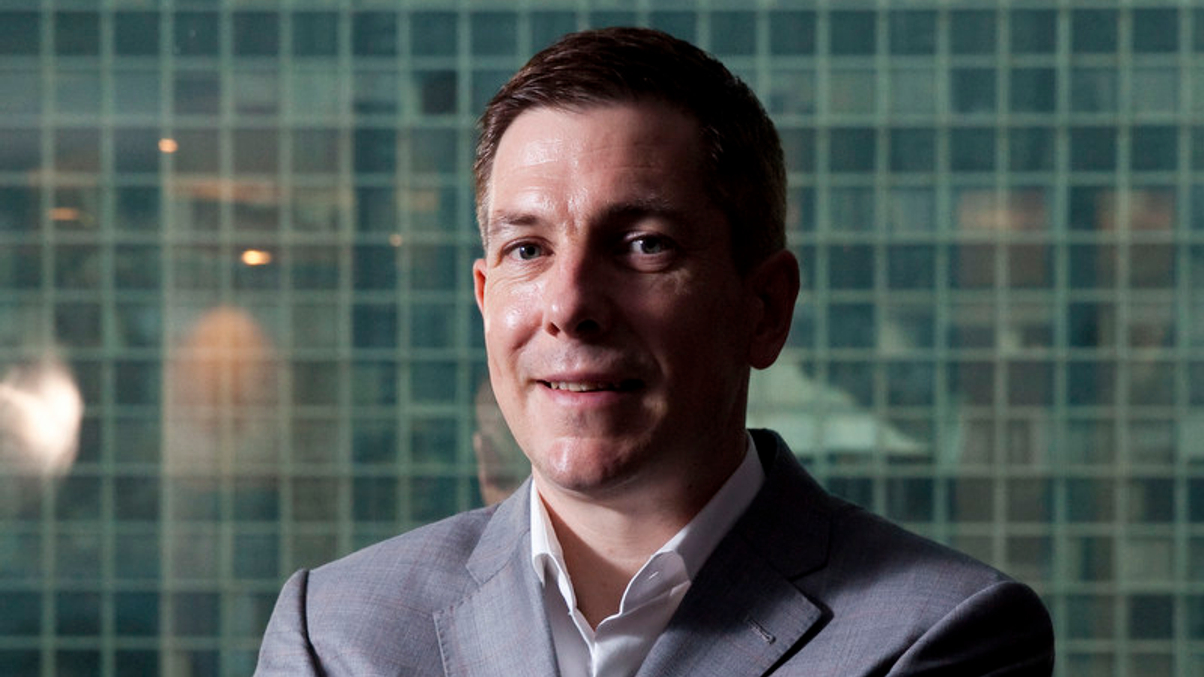Re-allocating into growth assets
Toon Krooswijk, group head of investments and ALM, FWD Group

Toon Krooswijk started as group head of investments and asset liability management at FWD Group last September, after a year’s sabbatical.
Sign in to read on!
Registered users get 2 free articles in 30 days.
Subscribers have full unlimited access to AsianInvestor
Not signed up? New users get 2 free articles per month, plus a 7-day unlimited free trial.
¬ Haymarket Media Limited. All rights reserved.


